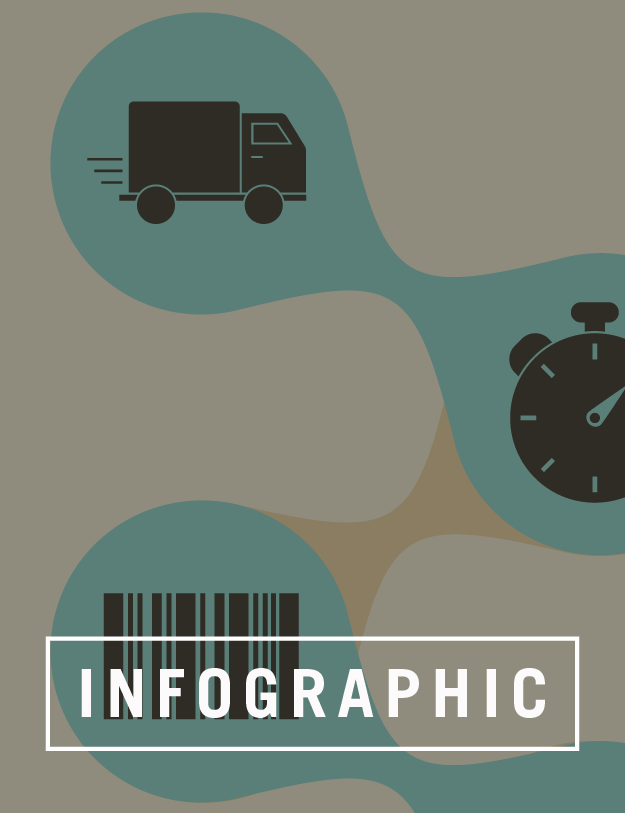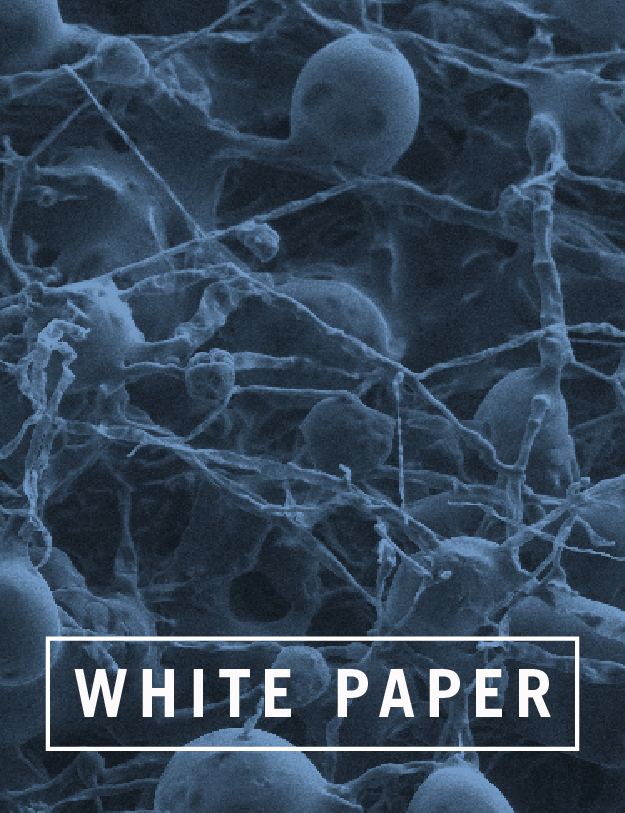
J. David Legan, PhD
Director of Science
David earned his Ph.D. in Food Technology from the University of Reading in the UK by modeling the ecology of mixed microbial populations, and then moved to Campden BRI in a variety of microbiological food safety research and client service roles. During that time, he was project lead for the Bacillus component of the UK’s pathogen modeling program. He moved again to Nabisco Research in New Jersey where he ran the corporate microbiology lab and developed a program of preservation technology development and microbial modeling. After the Kraft Foods acquisition, he moved to Chicago to work on Food Safety and Preservation research, and through modeling and validation studies:
- Optimized Oscar Mayer’s use of lactate and diacetate and their naturally cultured alternatives as Listeria-control agents in Ready to Eat meats
- Specified process conditions central to Oscar Mayer’s commercial launch of High Pressure Pasteurization of naturally cured RTE meats
David had responsibility for the Kraft cultures R&D group, developed a partnership to explore microwave sterilization leading to several patents, and led a program that developed an internal proprietary natural antimicrobial commercialized in several Kraft products. Technologies from his group supported approximately $4 billion in annual sales.
After years as a microbiology "client", he is now back in the "provider" role as Director of Science at Eurofins Microbiology Laboratories, Inc., by way of the Covance Food Solutions group based in Madison, WI, which he joined in 2016. In this role, he ensures appropriate method validation, explores new testing technologies, and fields multiple complicated food microbiology questions.
Products that his team has evaluated or developed and launched include:
- The 3M MDS platform in the Madison microbiology laboratory
- Flow cytometry for enumeration of probiotics
- Strain-level confirmation of probiotic identification using the polymerase chain reaction (PCR)
- Next-generation sequencing using the Oxford Nanopore Technologies GridION sequencing platform for microbial identification and microbiome analysis
Below are resources from David:
Third-party food safety testing is a surefire strategy to save money, boost quality, and increase profit margins. Find out how Eurofins can partner with your company.
With a more wellness-conscious consumer market, virgin olive oil has an opportunity to attract customers with its health-boosting properties tied to polyphenols. In our webinar, John Reuther discuses pros and cons of testing methods for polyphenol determination and introduces a new quantitative method. Then, Mary Mori of California Olive Ranch discusses California agriculture regulations regarding discharge of waste streams and effect in field.
Have you ever wondered about the journey of your sample once you’ve sent it to Eurofins? This handy infographic shows the life cycle of a sample once we’ve received it in our laboratory, from labeling and identification through analysis and reporting.
Does your food or supplement package contain translucent packaging? If so, your product and its ingredients could be susceptible to photochemical changes. This infographic illustrates the mechanics of photostability studies as well as the key attributes and product types impacted by light exposure.
This poster explores the use of flow cytometry in GFP-tagged Salmonella strains as positive controls for rapid qualitative Salmonella detection testing.
Researchers from Eurofins Microbiology and Third Wave Bioactives collaborated to compare the microbial succession of refrigerated chicken noodle soup. The purpose of better understanding how various culture ingredients not only prevent microbial spoilage populations, but also dive deeper into how microbial populations evolve over time.
This white paper explores off-flavor and odor investigations performed by Eurofins SFA. Authored by Eurofins' scientist Jamie Willems Ph.D.
This infographic highlights the most frequent reasons for variability of laboratory results and measures third party laboratories implement to address variability.
The Eurofins network of laboratories has multiple laboratories that have been specifically outfitted to meet customer's needs for shelf life and product stability testing.
The suspected toxicity risks of microplastics as contaminants in drinking water sources have been known for years. However, public concerns recently thrust microplastics to the forefront of the health and safety conversation. In our webinar, Dr. Mike Dziewatkoski of Eurofins SF Analytical covers the current status of microplastics testing.












